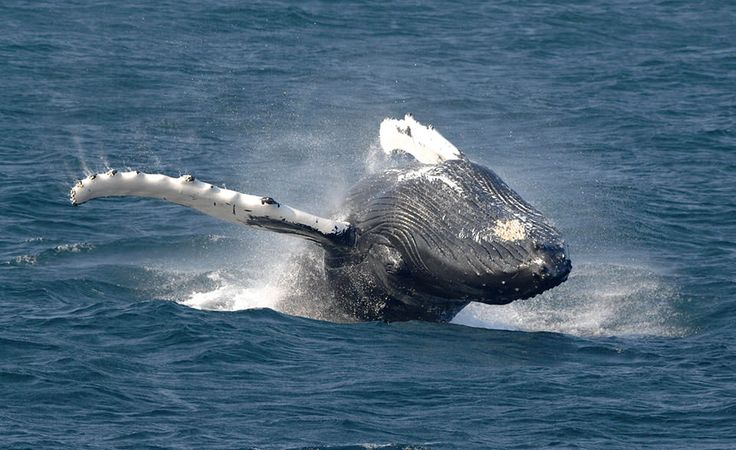For a long time it has been a mystery how loggerhead turtles navigate thousands of kilometres, returning from feeding grounds to nest on the very beaches where they hatched 15 years previously.
But past chief executive officer of KZN Ezemvelo Wildlife, George Hughes, has provided some insight into this phenomenon, reckoning that sea turtles use lines of magnetic force, rather like GPS, to navigate where they are going.
This, says Hughes, appears to be the only sensible explanation for the sea turtles’ ability to traverse thousands of kilometres, from any direction, even across oceanic boundaries, and still find its way to its natal beach as an adult.
Hughes, who dedicated most of his adult life to monitoring and researching sea turtles, has written a book Between The Tides, In Search of Sea Turtles, in which he expands upon this concept.
Theory
“My own theory ,” writes Hughes, “is based on the fact that the turtle hatchling takes approximately two months to develop in the egg before hatching. “During this period the mechanism for setting the co-ordinates of the nesting beach, wherever it may be, fixes the global position in the body of the turtle.”
Hughes states that if properly hard-wired, the turtle will automatically find its way back to where it was born, just as it automatically knows how to dig a nest and lay eggs.
“What is even more surprising is that turtles, certainly loggerheads, appear to be able to fix the co-ordinates of their feeding grounds later in life.
“This is especially impressive as these feeding grounds may be thousands of kilometres from the beaches from which they first emerged,” writes Hughes.












